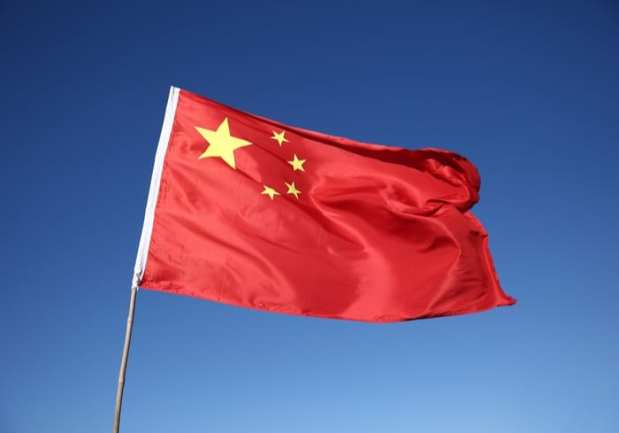Chinese Gov’t Bolsters Rural Economies With Mobile Payments

In an effort to strengthen the economy in hamlets and small cities, China is looking to make mobile payments commonplace in rural places prior to the close of 2020. The goal came amid published guidelines from the central bank and the Ministry of Finance, among other governmental bodies, according to reports.
Close to half – or 42 percent – of China’s population was rural as of two years ago, even though people have moved to big cities to seek more lucrative jobs and pursue their dreams. And, while 76.9 percent of adults in the country tapped into digital payments in 2017, only a 66.5 percent share did so in rural areas, per a central bank report.
And digital integration remains an important goal mentioned in the country’s annual Number One Document. The government is looking to digitize public services and increase internet penetration, among other goals. At the same time, private companies have created channels for farmers to transact. (Alibaba, for instance, backed a firm that serves rural retailers with marketing, supply chain and merchandising tools.) In addition, firms are working to bolster logistics networks by working with local governments.
According to prior reports, mobile payments in China reached $17 trillion in 2017. And Tencent’s WeChat Pay, as well as Alibaba’s Ant Financial affiliate, were leaders in the country. At the same time, however, the People’s Bank of China (PBoC) found 602 instances in which merchants refused to accept cash. Nearly 560 – or 558 of those cases – were resolved with criticism-based education or policy communications.
In a July statement, the PBoC said, “In recent years, there have been problems with the circulation of renminbi cash, and the people’s response has been intense.” The statement continued, “Consumers at tourist areas, restaurants and retail merchants have had their cash refused, which has damaged the renminbi’s legal status and consumers’ right to choose between payment methods.”
